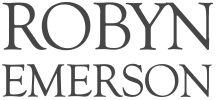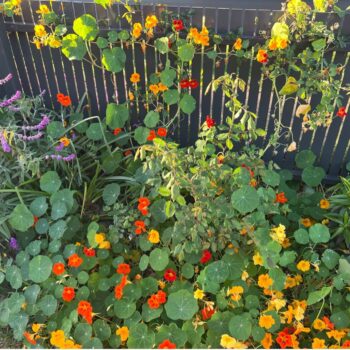Starting out with Watercolour
“Anytime we want to create something truly new and fresh in the world, we must go beyond the noise of our own mind and into the quiet of the fertile void out of which all things come into being.” Michael Neill

“As soon as you trust yourself, you will know how to live.” Goethe
“At the innermost core of all loneliness is a deep and powerful yearning for union with ones lost self.” Brendan Francis
“What you produce is not necessarily always sacred, I realized, just because you think its sacred. What is sacred is the time that you spend working on the project, and what that time does to expand your imagination, and what that imagination does to transform your life.” Liz Gilbert
For those of you who are visual artists, or even just want to try it, and want to paint more seriously; I’ve been asked heaps of times what watercolours I buy and where I buy them, so here’s a quick sort of introductory session……
I buy Art Spectrum watercolours and oils, for the sole and simple reason that I like their greens. Finding any greens that actually fit the real colours of the Australian landscape as they actually are is fiendishly difficult. Anyone who has travelled overseas knows their greens are just DIFFERENT, and as most of the colours and pigments are made in Europe these greens fit the colours of the European landscape. Art Spectrum colours are made in Australia and they just suit the Australian landscape and light, like no other colours I’ve found. I particularly like their Australian Leaf Green Dark and Australian Green Gold, which I use as my basic greens. And green is a difficult colour to get right in the best of times. I have quite a visceral response to the wrong greens in any painting, a green that is wrong in a painting can literally make my teeth want to fall out. If you have European made greens in your paint box currently, try adding aa small amount of yellow ochre to them so they can be more reflective of the Australian landscape.
Otherwise I buy normal watercolour sets of about 12 colours, along with a floating array of my particular colour favourites at the time. At the moment I’m pretty obsessed with Raw Umber as I love the way it combines with another favourite of mine – Ultramarine. Some people have asked if there’s a difference between French Ultramarine and plain Ultramarine; perhaps, as French Ultramarine tends to be more expensive, but lets face it, who can really tell the difference between them, so I wouldn’t bother buying the more expensive kind.
I also invest in Indigo and Permanent Rose. Permanent Rose is a series 4 which means its expensive as the pigments used to make the colour are more expensive.
Whatever brand of watercolour paints you buy each tube will have a small triangle on it. On some tubes the triangle will be left white, on some it will be half black, and on some it will be fully black. This triangle tells you the transparency of the paint in the tube. The tubes with white triangles the colours are very transparent, and the ones with fully black triangles are very opaque, and the tubes with half black triangles are somewhere in between.
But if you’re just starting out just buy yourself a basic set of watercolours, Windsor and Newton, Art Spectrum or Daler Rowney are all good sets, but as I’ve explained Art Spectrum is my favourite, and by the way they’re not paying for saying this!
Probably one of my favourite art supply shops is St Lukes Colourmen, 32 Smith St Collingwood, ph 03 9486 9992, and they also have a website. They are an absolute cornucopia of an art shop, no matter what you’re looking for, you’ll find it here. Now watercolour brushes are a whole new topic and I don’t want to bore those of you who aren’t really visual artists rigid, so for those of you starting out I’d just advise buying the best brush you can afford, and save up for a really good brush later, because watercolour brushes really do matter, and having a good brush will save you so much time. A number 8 brush or no 10 synthetic brush should see you through most situations, along with a slightly smaller brush, say a number 4. Actually watercolour brushes are a whole new subject, for another time.


